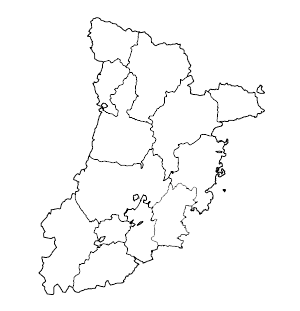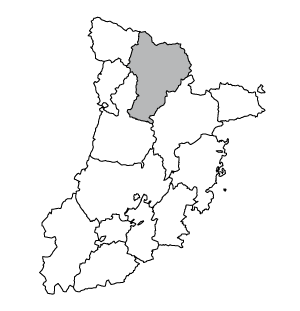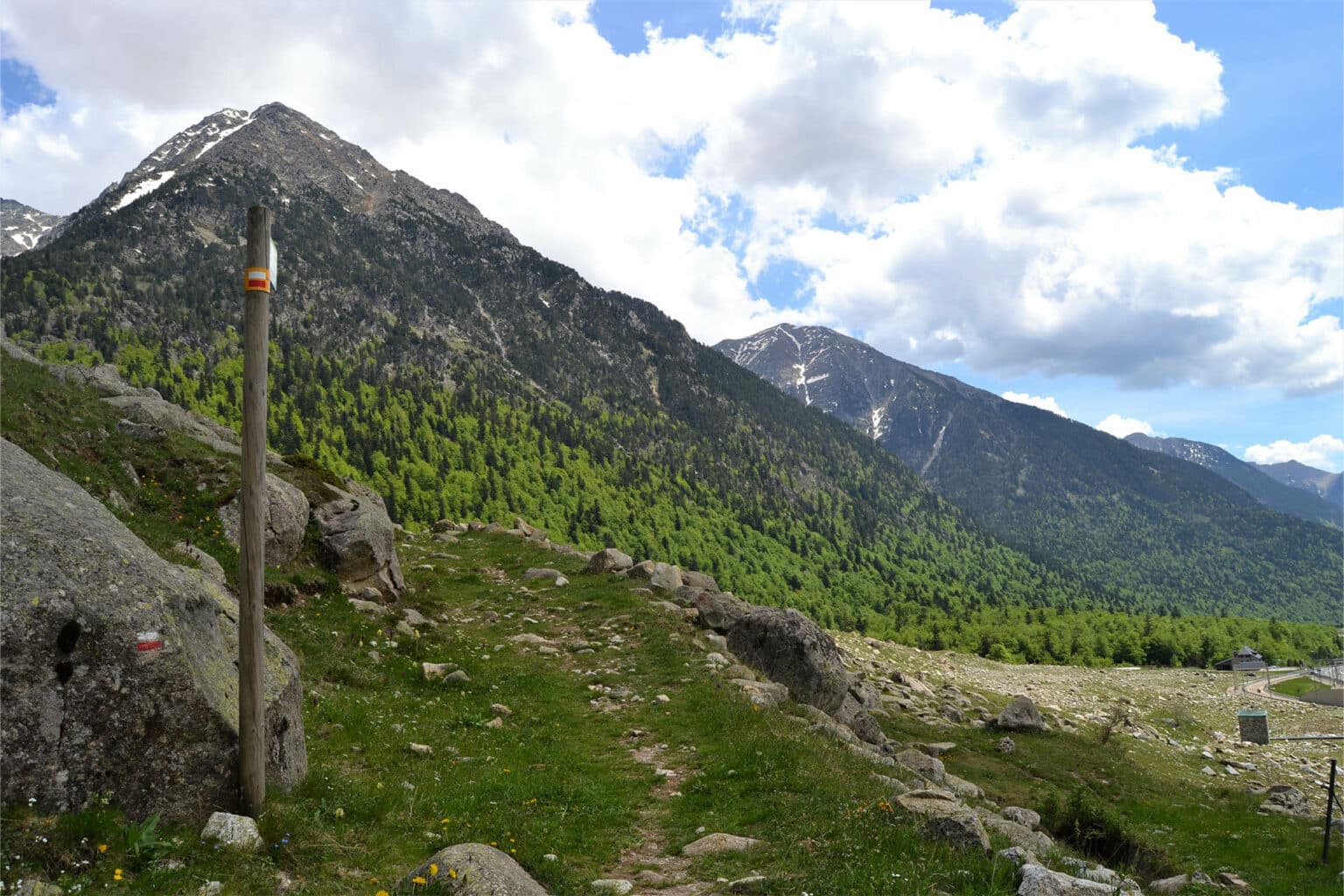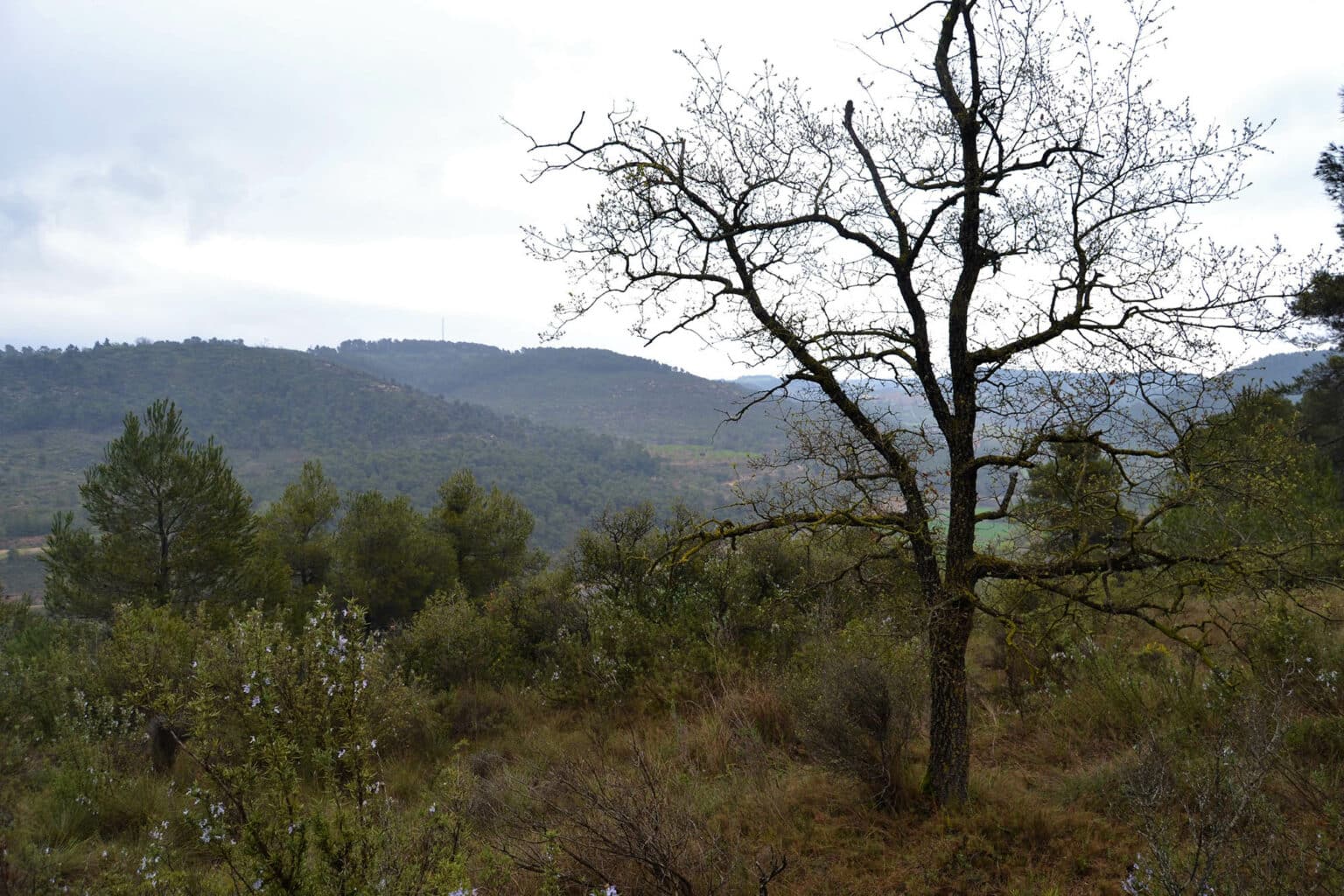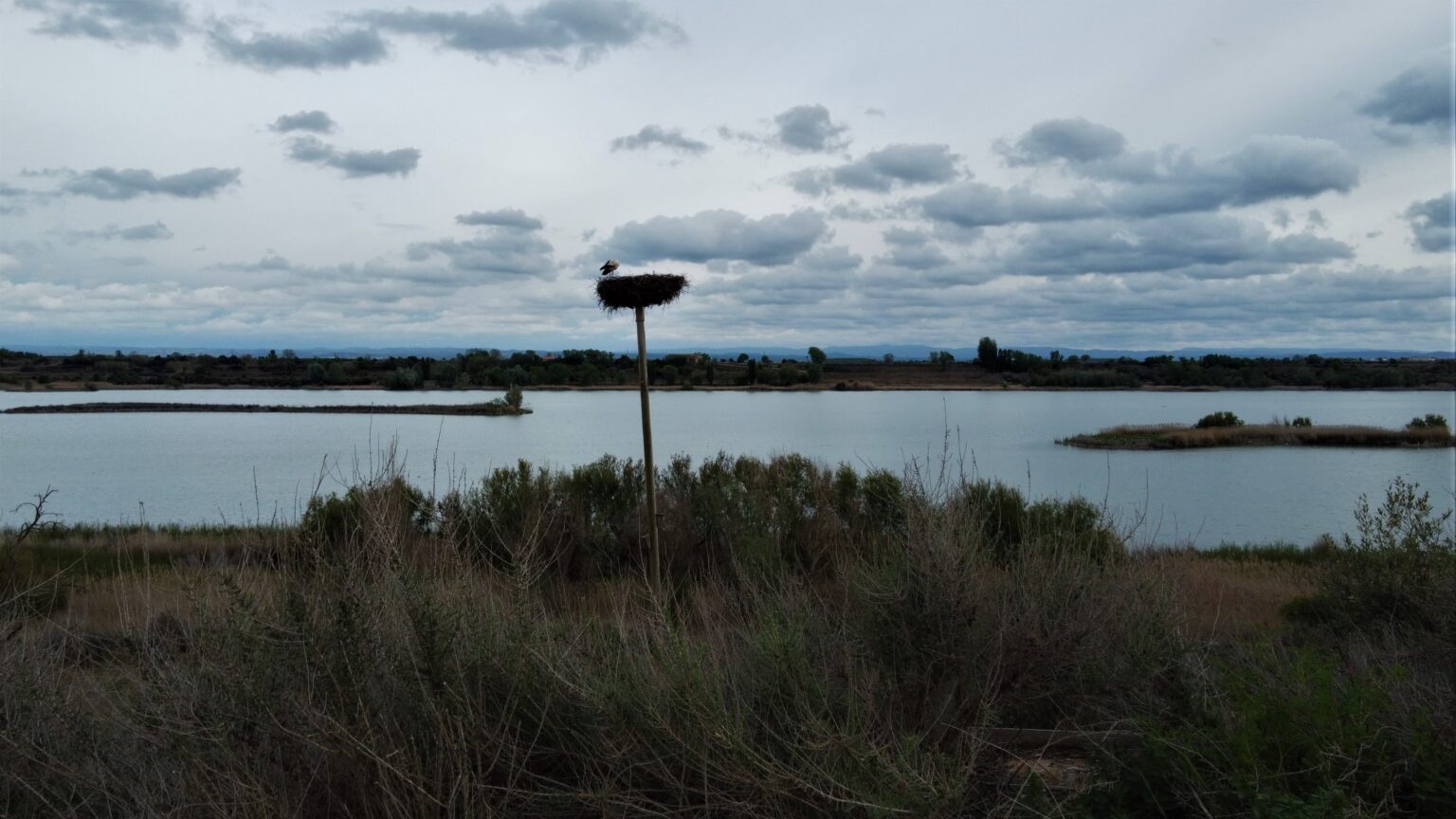FOREST BATHS

The immensity of The Gerdar Forest and the Mata de València Forest
Located on the southern slopes of the Pyrenees, and with valleys headed by the Pyrenean Axial Zone, where there are very high peaks that rise to heights of around, or above, 3,000 metres, there are pools that were formed thousands of years ago, El Pallars Sobirà is a comarca (local district) of radical nature and generally high relief. The valleys at the head of the River Noguera Pallaresa have formed three valleys with their own strong characters: the Valls d’Àneu, the Vall de Cardós and the Vall Ferrera, all of which are dominated by mountains that are covered in snow in winter and that boast intensely green meadows and woodlands and rapid-flowing rivers, with cold, crystalline waters. This impressive natural wealth has helped to establish this comarca as a reference for adventure sports.
The comarca as a whole is an extraordinary natural space, with some areas forming part of the Aigüestortes i Estany de Sant Maurici National Park and others being in the Alt Pirineu (High Pyrenees) Natural Park. It offers an almost infinite number of possibilities for all types of visitors to enjoy nature throughout the year and there are various information points where it is possible to find the best options to suit every palate. Visitors are guaranteed to find woodlands on the edge of almost every settlement in which they can experience a connection with nature with all of their senses!
The proposed area is the Gerdar Forest and the Mata de València, which can be found on the periphery of the protected area of the national park. This is the most important fir forest on the Iberian Peninsula, and one of the most relevant in the south of Europe. It has the singularity of being an unfragmented mass of forest woodlands and also a very well conserved forest ecosystem. It has a total surface area of 774 hectares, which makes this the largest fir forest on the southern slopes of the Pyrenees. The grandeur of the firs and the lushness of the forest are clearly visible from the road and this is also a very relevant habitat in terms of alpine and forest fauna.
It is worth mentioning that any of its accesses would be a good point from which to enjoy some forest bathing, as the density and wealth of the Gerdar and Mata de València forests are constant throughout their large extension. The starting point proposed here is one which is very well-signposted from the C-28. About 10 kilometres from Esterri d’Àneu, heading towards the Bonaigua pass, there is a sign on the left of the road which clearly indicates the Gerdar Forest. This sign is at approximately km 57, in the area of Bonaigua de Baix, a neighbourhood in which about the only remaining house is Casa Sastrada. It is then only about 2 kilometres from the turn off to the parking area of El Callau. About 200 metres before reaching the car park, you will see the Gerdar mountain shelter.
When you take the turn off from the C-28, you will enter what was the old road to La Bonaigua. On this road, which may now seem very narrow, the vegetation has gained ground and so it is also possible to consider the option of doing some forest bathing there. The terrain is very accessible through to the car park, which is ideal for people with functional diversity. Except in summer and in busy periods, this is also a very peaceful and scarcely transited itinerary.
Once at the car park, you will see an information panel that will show the context of the Vall de Cabanes. The Gerdar and Mata de València forests are at the foot of the valley, which is at an altitude of between 1,450 and 1,700 metres. The valley, which is of glacial origin, drains the southern side of the Vall de la Bonaigua. From the car park itself, you will be able to hear the sound of the River Bonaigua, which flows from north to south: from the head of the valley, draining into the River Noguera Pallaresa, near València d’Àneu. The River Bonaigua has two main tributaries: the Gerber Ravine and the River Cabanes. Water plays an important role throughout the area and it is worth bearing this in mind for any forest bathing. Furthermore, the Vall de Cabanes has no hydroelectrical works of the type found in many other valleys in the comarca.
The space for forest bathing
Looking at the main information panel for the Vall de Cabanes, you will see that there are various paths that spread out in different directions. As previously stated, going in any direction will take you straight into the heart of the forest, so the options for, more or less, extending the walk will depend on each individual. Whatever direction you choose, the paths are submerged in an immense forest which is dominated by silver fir trees (Abies alba) and you will find trees of all sizes and ages. These will include dead trunks, which are rich in ecosystems, with wood at different levels of decomposition, whether lying on the ground or still standing. Their height will surprise you, with some examples being almost, or even greater than, 25 metres in height. You will note the immense size of the shaded forest and yet how sparsely populated its undergrowth is. This is because of the many layers of large, horizontal, dense leaves, with numerous needles, which do not let either light or heat penetrate their canopy. It goes without saying that during hot periods, this forest is a veritable oasis of coolness. The typical conical structure of the tops of the fir trees is also visible from inside the forest, where it is evident that the tree branches become more prominent from a certain height up the trunk.
One very easy option for a quiet walk, with virtually no variation in gradient, is to follow the track that you will find over to your left (as you look at the information panel). You will see that the vertical signage shows various routes, including one to València d’Àneu, and that there is also an option that says “Ramat de camins” (although you will need to get up close to the sign to see this, because it is a little hidden). If you take this small path, which is very flat, you will almost immediately find yourself submerged in the fir forest. This is notable on account of containing some very large specimens of Scots pine (Pinus sylvestris) and Spanish pine (Pinus uncinata). Many of the trees here have double trunks, and there are even some with three emerging from the same base, which gives them an even larger perimeter. There are several species of ferns (Pteridium aquilinum), European blueberries (Vaccinium myrtillus), raspberries (Rubus idaeus) and also large quantities of moss, which cover the rocks and stone walls. There is always the accompanying sound of the River Bonaigua. Advancing a little, you will come to a plateau of fir trees and the remains of walls; this suggest that there was once some form of animal pen here. A little further on, and always following the same path, you will find a sunny space where there are hazelnut trees (Corylus avellana), amongst other species; the change in vegetation related to the greater access to light is clearly evident.
Returning to the fir grove, the height of the trees and the foliage are really striking, as is the great number of scattered rocks, which is reminiscent of a meteorite shower. Heading in the same direction as the path, next to a meadow with hazelnut trees, there is one very large rock which particularly stands out. If you go to examine the rock, it is then possible to return to the car park by following a path that runs below it (and goes to the Estany Negre de Cabanes pool) or by retracing your route along the initial path.
As we have said, the immense size of the forest provides multiple options for forest bathing. For those who seek a long walk, and/or wish to combine their visit with some hiking, we would not think twice about recommending the path that, on leaving the Gerdar mountain shelter, leads on to the superb Gerber waterfall.



















